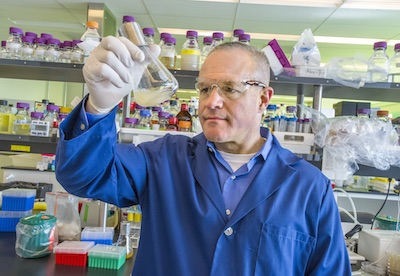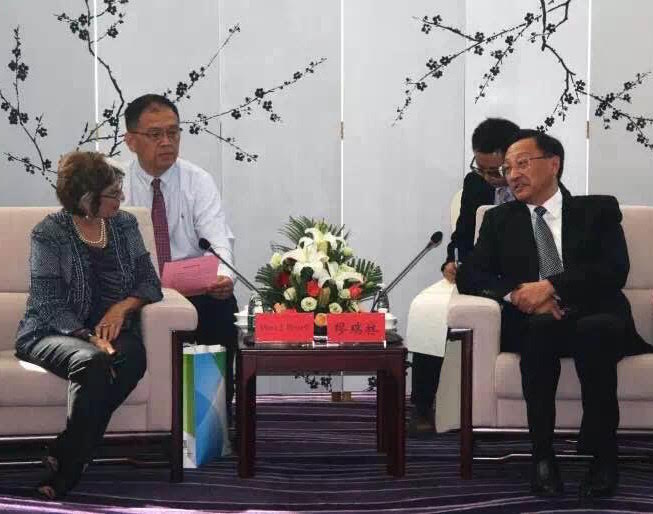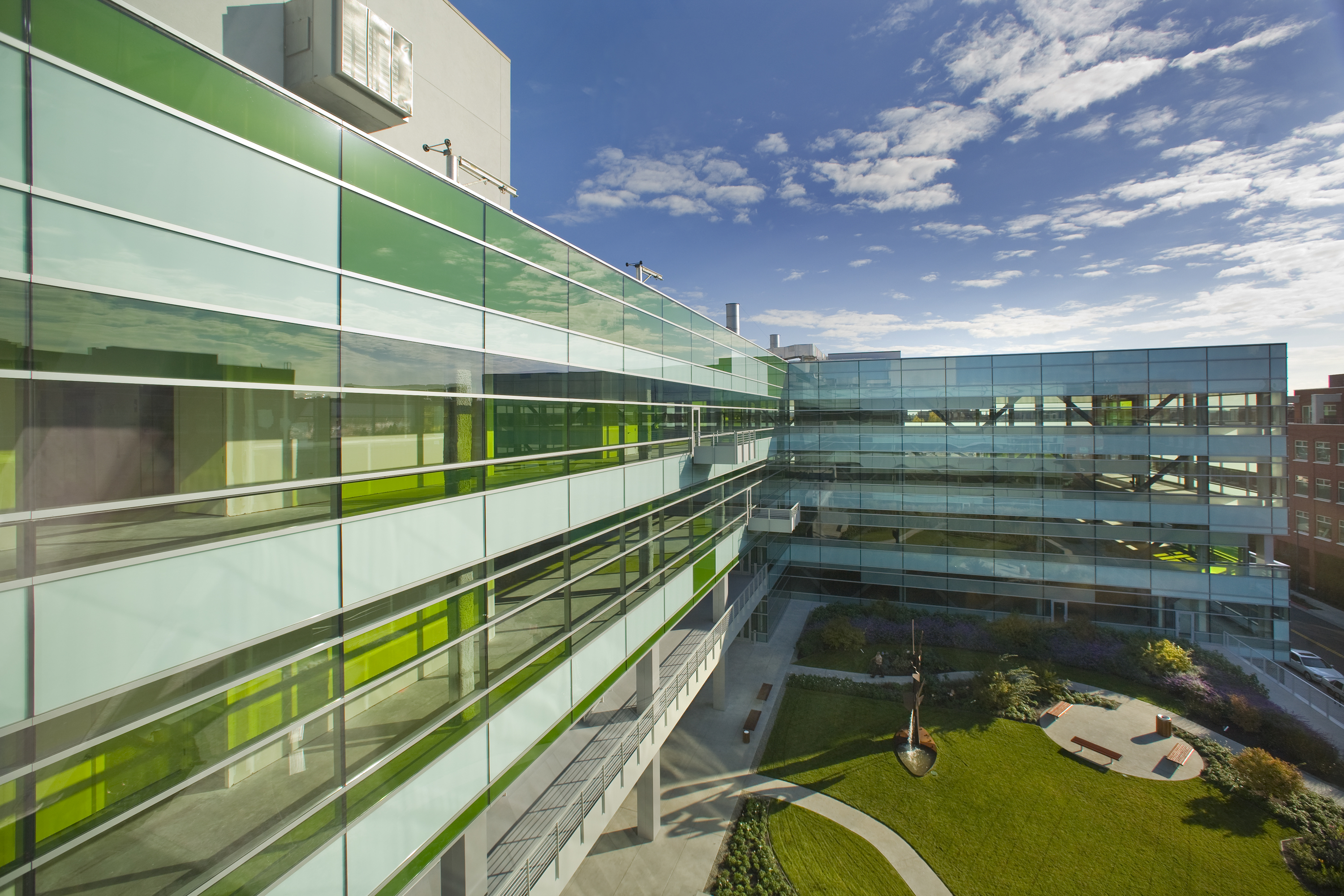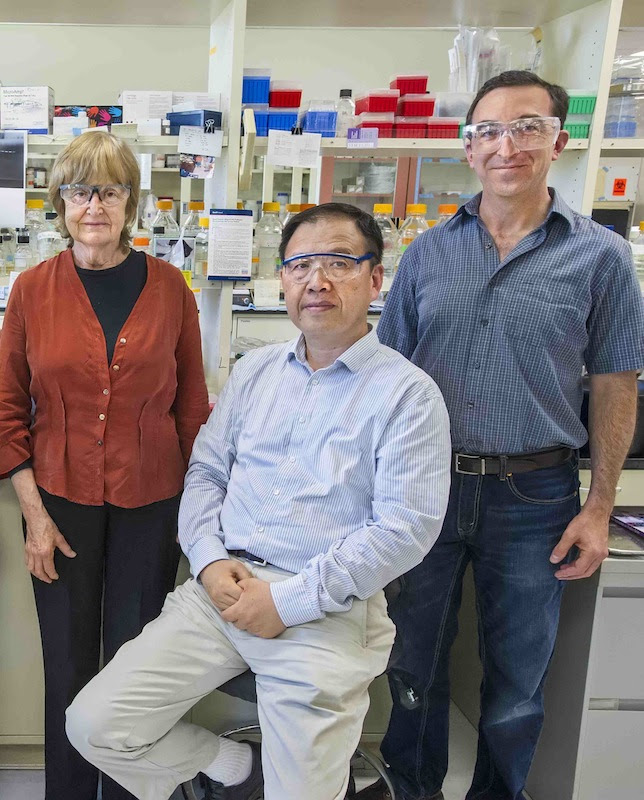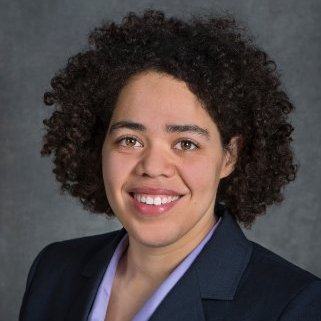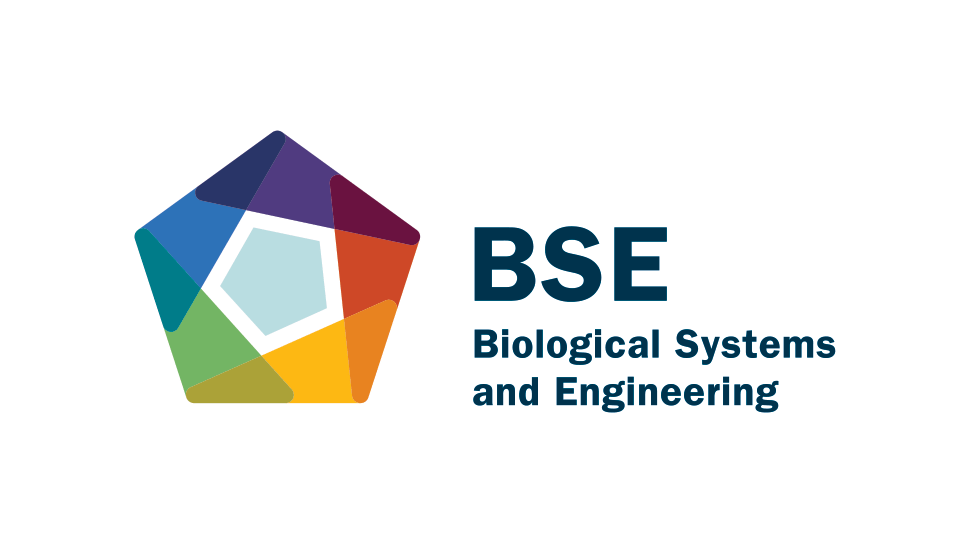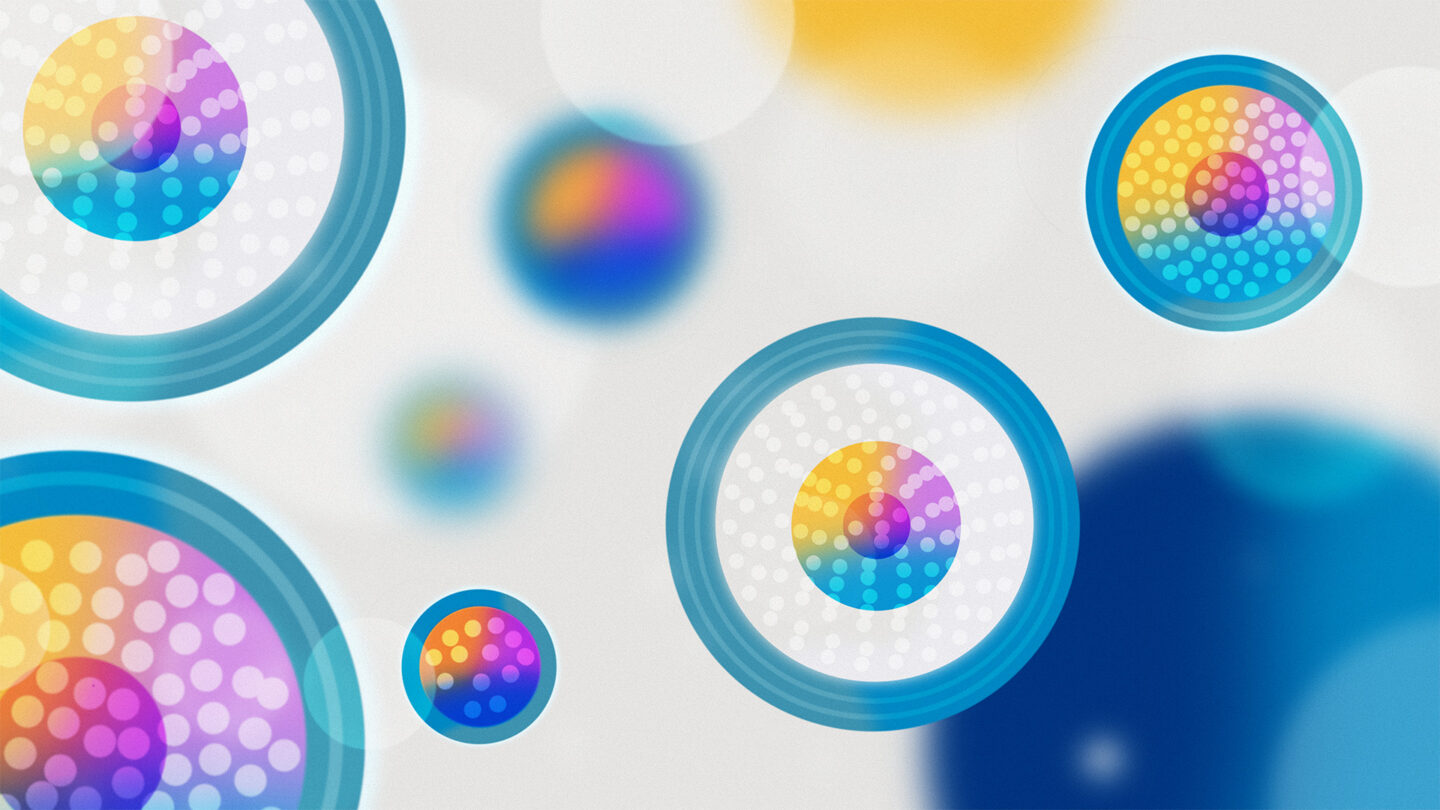
some more text
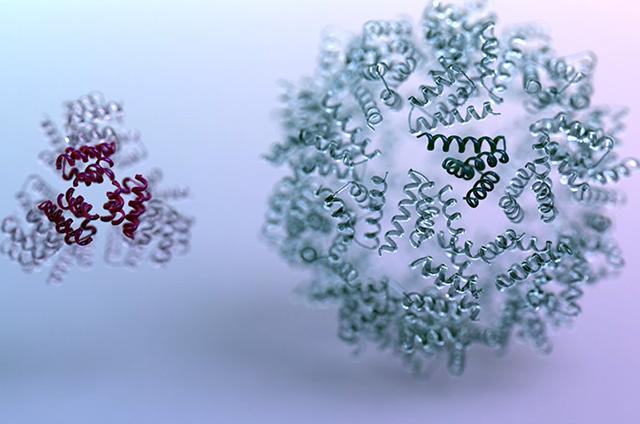
some more text
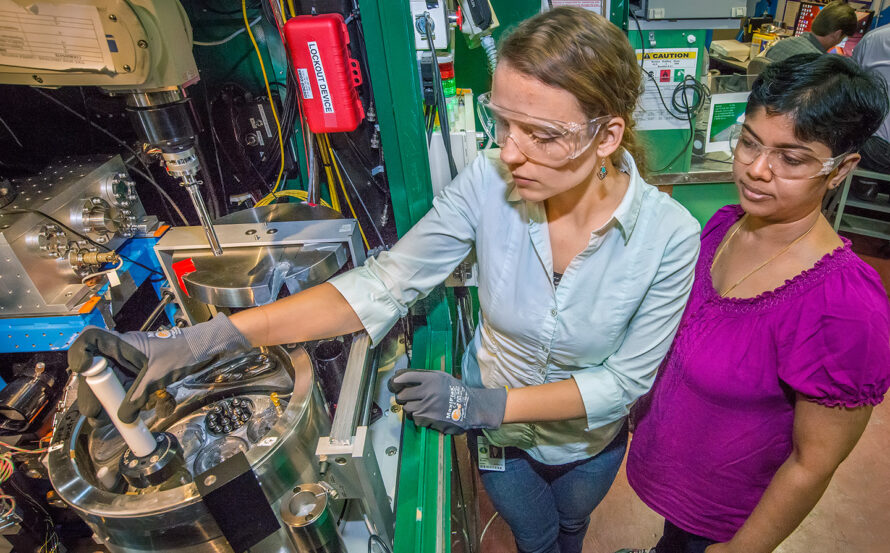
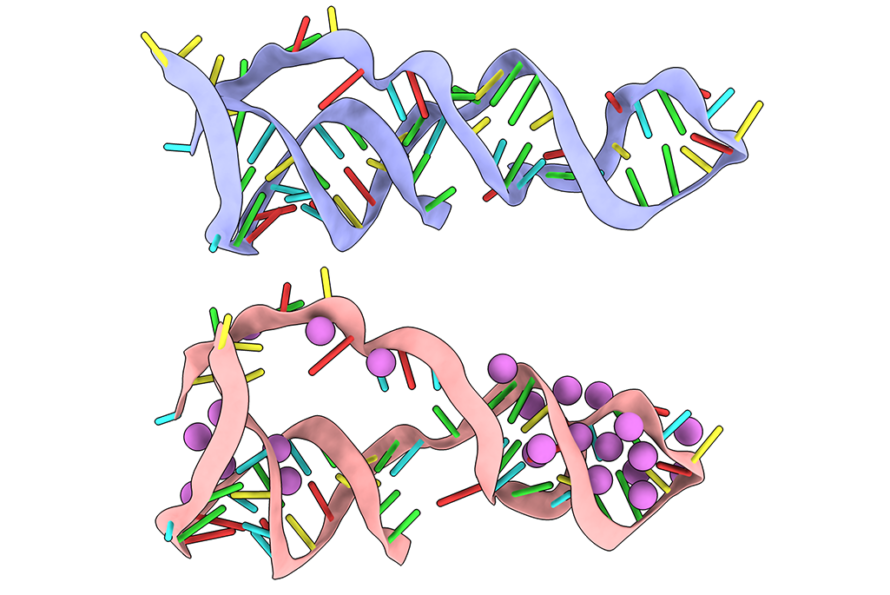
-
Keasling Wins Israel’s Top Prize in Alternative Fuels
Jay Keasling, Associate Laboratory Director for Biosciences and CEO of the Joint BioEnergy Institute (JBEI), has been named by Israeli Prime Minister Benjamin Netanyahu as a winner of this year’s Eric and Sheila Samson Prime Minister’s Prize for Innovation in Alternative Fuels for Transportation.
Read the article -
Berkeley Lab Signs CRADA with City of Nanjing
As part of the Cooperative Research & Development Agreement with the Nanjing High-Tech Zone (NHZ), the Lab’s Gary Karpen, Mina Bissell, Bo Hang, Jian-Hua Mao, and Weiguo Zhang will help discover targets for mitigation or cure to promote product development in cancer-related fields. They met with the Nanjing mayor last month.
Read the article -
JBEI Joins Elite 100/500 Club
The Joint Bioenergy Institute (JBEI) is now a member of the elite “100/500 Club,” having filed its 100th patent application and published its 500th scientific paper. A DOE Bioenergy Research Center led by Berkeley Lab, JBEI’s main mission is to accelerate the development of advanced, next-generation biofuels.
Read the article -
Berkeley Lab to Investigate Link between Thirdhand Smoke and Cancer
A group of Lawrence Berkeley National Laboratory (Berkeley Lab) researchers that includes Bo Hang of the Biological Systems & Engineering Division have been awarded $1.3 million for two sets of studies to better understand the health impacts of thirdhand smoke, the noxious residue that clings to virtually all indoor surfaces long after the secondhand smoke from […]
Read the article -
JBEI’s Sarah Richardson Honored for Contribution to East Bay Schools
Sarah Richardson is among those who received a “Business Person of the Year” award from the Eden Area Regional Occupation Program. She was honored for work with students in the program’s biotechnology classes and commitment to increasing the awareness of STEM fields among underrepresented students.
Read the article

